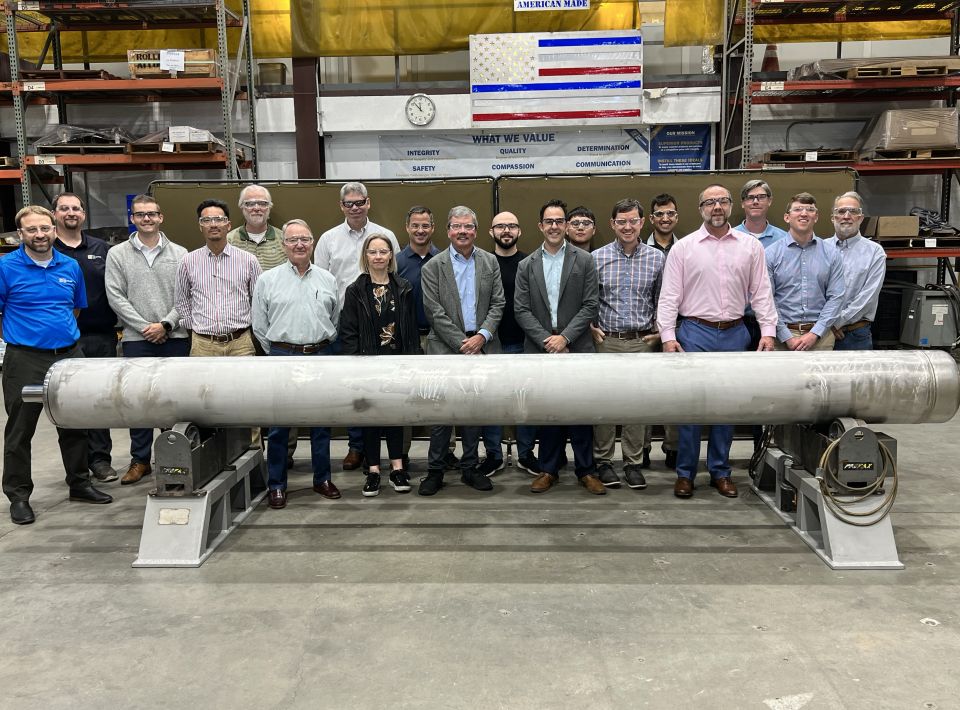DOE details state of university reactors in report to Congress
Energy secretary Jennifer Granholm submitted a Department of Energy report to the U.S. Congress on April 8 detailing the state of research reactors at U.S. universities and the potential need to upgrade or build additional reactors, including advanced nuclear reactors and test facilities.





 rotated.jpg)
